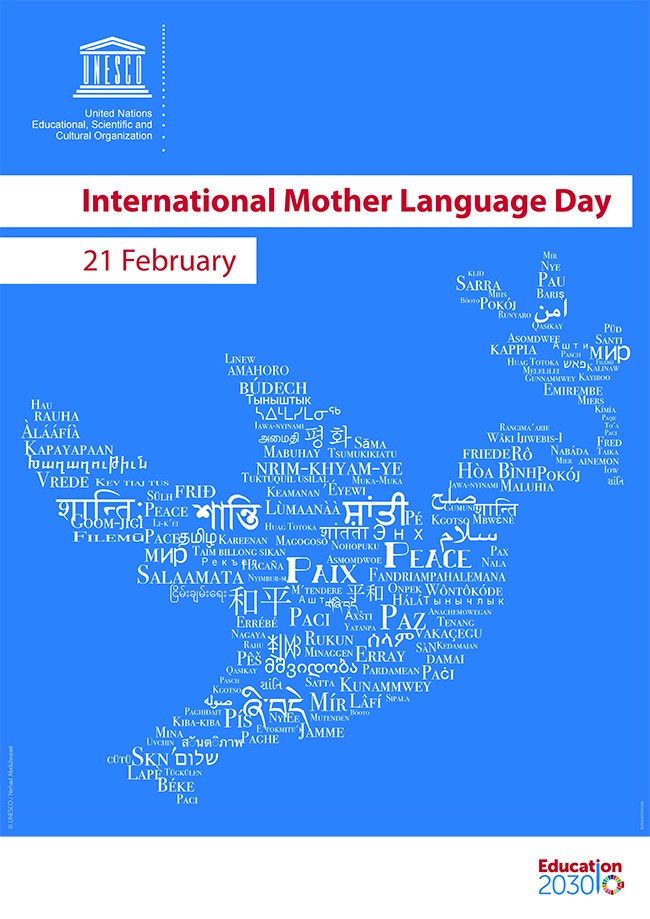
Friday 21 February marks International Mother Language Day - a day set aside by the United Nations to raise awareness of the loss of Indigenous languages across the world. Since 2000, International Mother Language Day highlights key issues for traditional languages - the 2020 theme is “languages without borders”. The theme highlights that local, cross-border languages can promote peaceful dialogue and help to preserve indigenous heritage.
UNESCO believes that recognition of and respect for linguistic and cultural diversity contribute to strengthening the unity and cohesion of societies. These are foundations for more lasting peace both within and between societies, and led to UNESCO’s decision to celebrate International Mother Language Day.
UNESCO International Mother Language Day website.
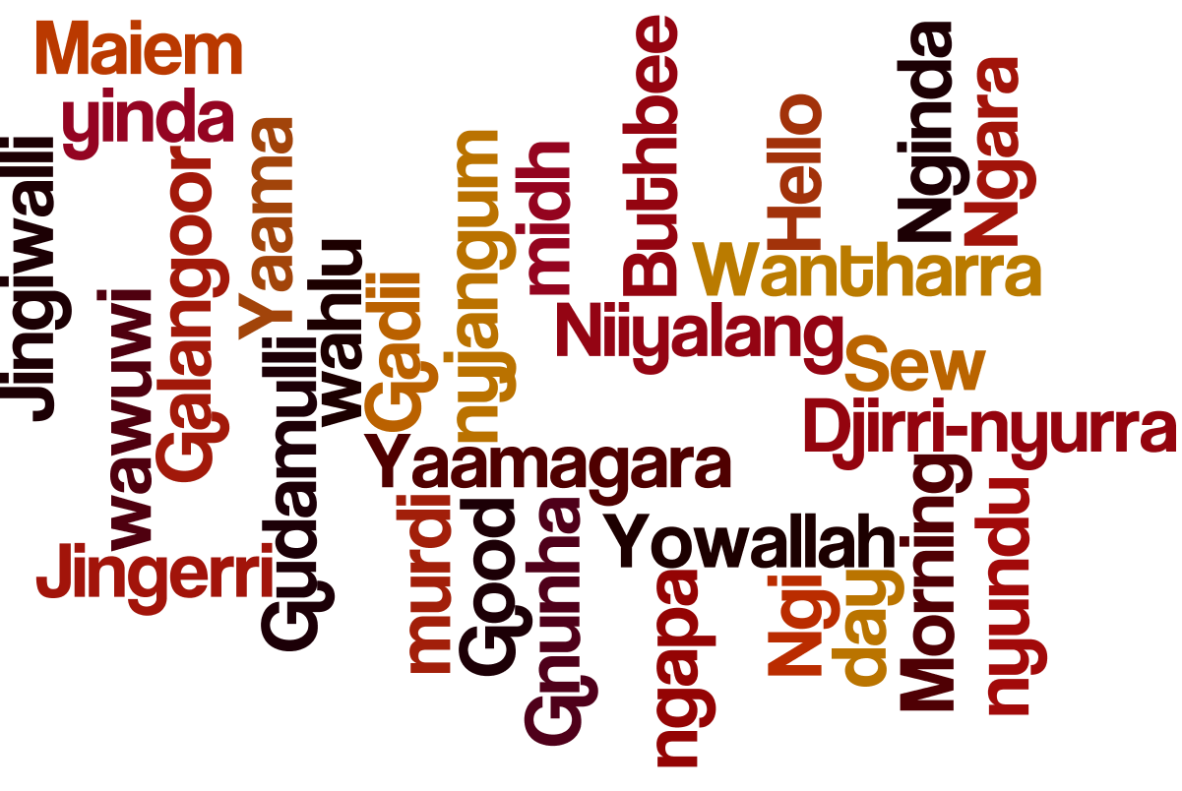
UNESCO believes that linguistic diversity is increasingly threatened as more and more languages disappear. Globally 40 per cent of the population does not have access to an education in a language they speak or understand. Nevertheless, progress is being made in mother tongue-based multilingual education with growing understanding of its importance, particularly in early schooling, and more commitment to its development in public life.
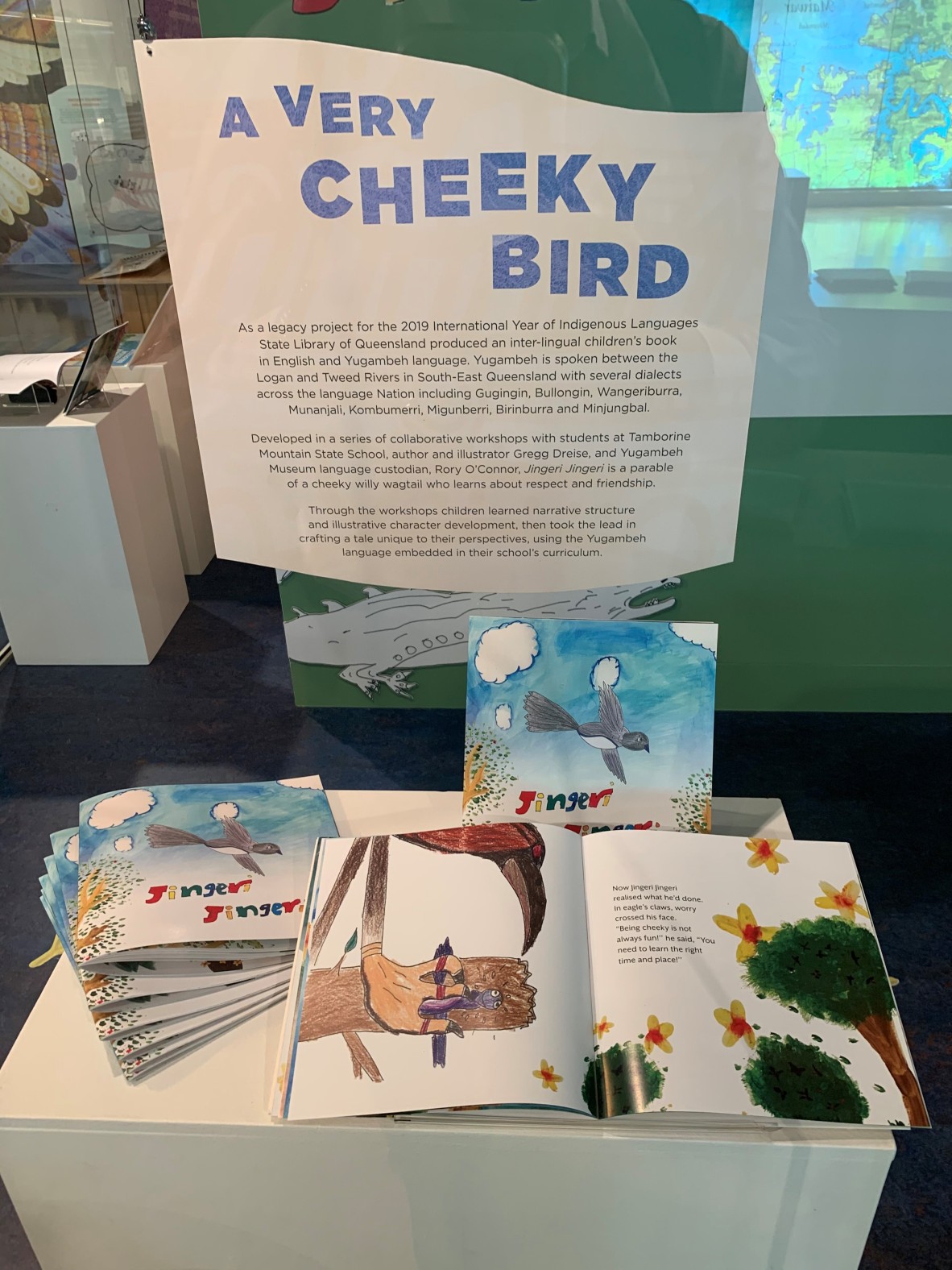
School-communities are encouraged to explore ways to celebrate linguistic diversity - from using greetings in language to creating stories such as the above image. To help schools and communities celebrate the day and support language diversity, the UN website has a range of ideas and strategies.
Schools
- Encourage children to use their mother languages to introduce themselves and talk about their families and culture
- Record these and share with the school-community
- Celebrate language diversity through poetry, storytelling or songs in mother languages
- Paintings and drawings with captions in mother languages can also be displayed - create a 'word wall'
- Create local language flashcards
Students
- Discover how many mother languages your fellow students speak.
- Conduct a survey of the languages by interviewing them and publish the results.
- Read stories in Aboriginal and Torres Strait Islander languages
- Watch and listen to films, plays and music that celebrate Aboriginal and Torres Strait Islander languages.
Communities
- Establish a community Language Circle – informal gathering of Elders, language custodians and other community members to share language. Choose a theme each month, e.g. ‘favourite language word’; ‘animals’; ‘family’, etc.
- Set up a Language Nest – similar to a language circle but aimed at little ones; informal gathering of mums, bubs and nans to play and talk together using language.
- Encourage cultural rangers / Traditional Owners to share language on country – describe the landscape, animals, plants, etc. using language words.
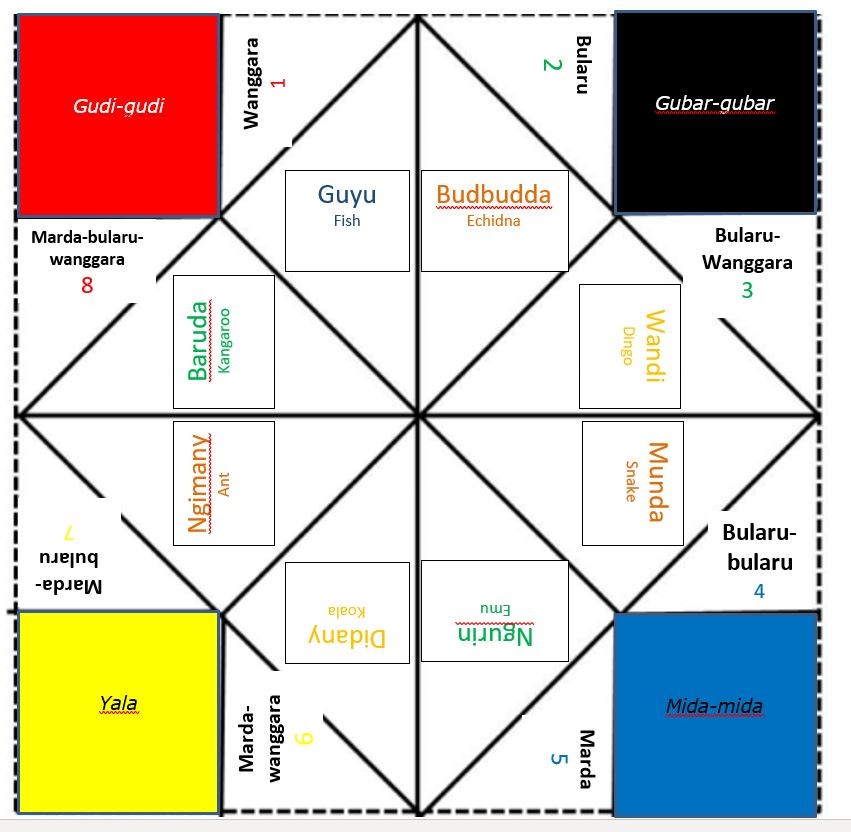
The above image is a quick and easy template for a chatterbox in language! It features 20 words in Gunggari language from South-West Queensland and is a fun way to learn everyday words in an Aboriginal or Torres Strait Islander language. Use this as a template for your local language!
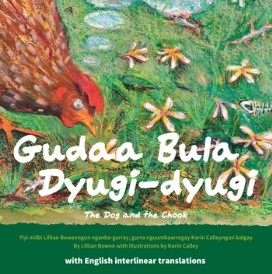
The above image depicts a Guugu Yimithirr bilingual book Gudaa Bula Dyugi-dyugi (The Dog and the Chook) written by Lillian Bowen, teacher at Hope Vale State School - Pama Language Centre also has language activity sheets to accompany the text. Other ideas for schools to celebrate the diversity of Aboriginal and Torres Strait Islander languages can be found in the IYIL2019 Learning Notes. One of the most effective ways is exploring Aboriginal and Torres Strait Islander bilingual books. State Library collections hold a diverse range of items from Aboriginal and Torres Strait Islander authors, writers, storytellers, etc.
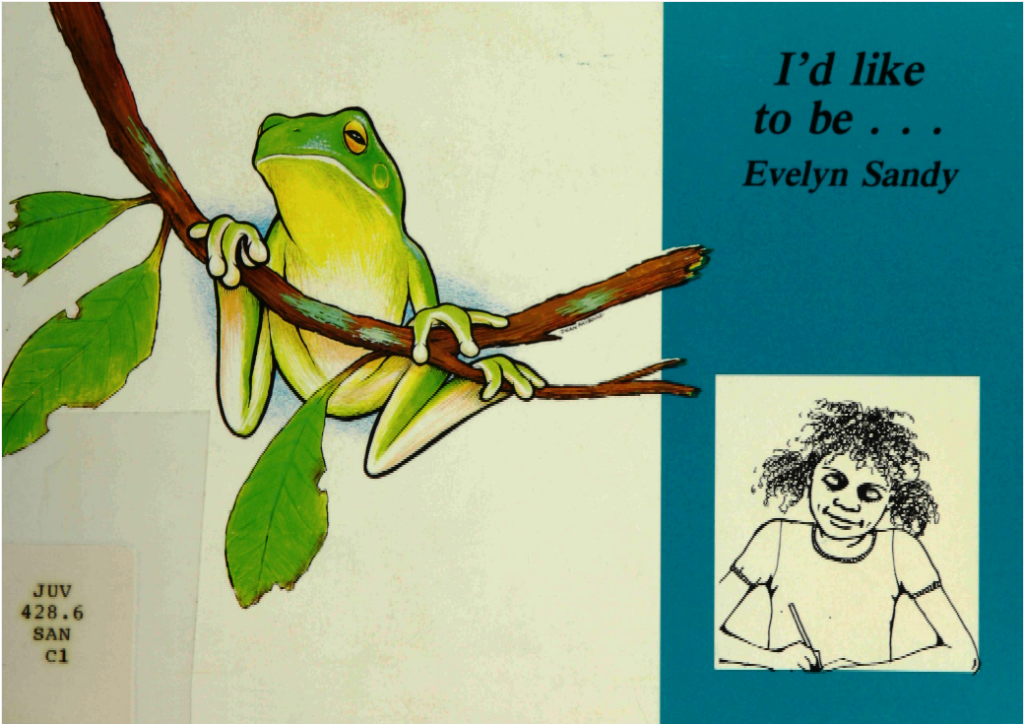
These include texts dating back to the 1970’s when several bilingual programs were in place across Cape York and the Torres Strait as well as contemporary publications and virtual books. Priority Country Area Project (PCAP) books featuring languages were also popular during the 1970-80's - many of these including the above are held in State Library collections.
State Library in partnership with the Queensland Department of Education digitised a selection of these. Book titles include: Old Doomadgee; Pig Chasing; Round and about Cooktown; A Day at the Waterhole; Gardening on Saibai and one of my favourites Henry’s Toe!
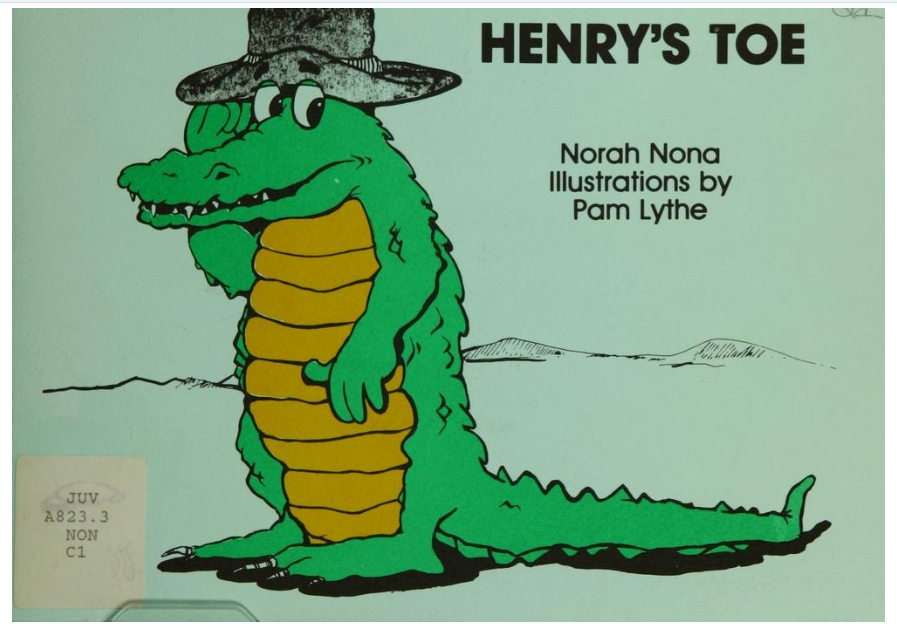
As part of the State Library's commitment to Aboriginal and Torres Strait Islander languages, there will be a language forum held on Mother Language Day to bring together community, GLAM sector and others to explore 'what now for Indigenous languages?'. Minya Birran will explore ways to harness the goodwill and energy of the 2019 International Year of Indigenous Languages and continue the momentum through 2020 and beyond.
International Mother Language Day is a great opportunity for schools, communities and other groups to explore and learn about Queensland's Aboriginal and Torres Strait Islander languages.
Follow the day on social media using the #MotherLanguageDay hashtag!
Additional content for this blog post has been drawn from the United Nations International Mother Language Day webpages.
Desmond Crump
Indigenous Languages Coordinator, State Library of Queensland
State Library of Queensland Aboriginal and Torres Strait Islander Languages Webpages
State Library of Queensland Aboriginal and Torres Strait Islander Languages Map
Jarjum stories: A kuril dhagun showcase focusing on children’s books and Aboriginal and Torres Strait Islander languages. 19 October 2019-10 May 2020.
Spoken: celebrating Queensland languages: A major exhibition exploring the survival and revival of Aboriginal and Torres Strait Islander languages throughout Queensland. Join in the many talks and events to celebrate the rich and diverse languages spoken today. 21 November 2019 -19 April 2020.
Minya Birran Languages Forum
State Library of Queensland Minya Birran webpage
State Library of Queensland Minya Birran Celebration event webpage
UN Weblinks
UN International Mother Language Day Resources
UN International Year of Indigenous Languages webpages
UN International Year of Indigenous Languages Resources
References and Further Reading
The following selection from the State Library collections represent a sample of the diversity of Queensland’s Aboriginal and Torres Strait Islander languages. Further items can be found using One Search.
Allan, J. and Lane, J. (2001) The language of the Wangerriburra and neighbouring groups in the Yugambeh region. P 499.15 all
Bowen, L. (2015) Gudaa bula dyugi-dyugi = The dog and the chook. JUV 499.15 BOW
Breen, J.G. (1981) The Mayi Languages of the Queensland Gulf Country. Canberra: Australian Institute of Aboriginal Studies Press. J 499.15 bre
Breen, J. G. and Blake, B. (2007) The grammar of Yalarnnga: a language of western Queensland. J 499.152 BRE
Crombie, J. and Barr-Crombie, J. (2014) Children's Talking Book . JUV 499.15 CRO
Crombie, J. and Barr-Crombie, J. (2018) Looking for Tucker . JUVQ 499.15 CRO
Curr, E. M. (1887) The Australian Race: its origins, languages, customs, place of landing in Australia and the routes by which it spread itself over that continent. RBF 572.994 cur
Dixon, R. M. W. (1972) The Dyirbal language of North Queensland. G 499.15 1972
Dixon, R. M. W. (1977) A grammar of Yidin. G 499.155 1977
Dixon, R. M. W. (1991) Words of our country: stories, place names and vocabulary in Yidiny, the Aboriginal language of the Cairns-Yarrabah region. G 499.15 1991
Dixon, R. and Blake, B. (Eds) (1979) Handbook of Australian Languages. G 499.15 1979
Edwards, R. (Ed) (2001) Dictionary of Torres Strait languages. Q 499.1503 RAY
Eipper, C. (2007) German Mission to the Aborigines at Moreton Bay, 1841. Archive CD Books. QCFS 266.02343094 2007
Gordon, T. and Haviland, J. (1980) Milbi: Aboriginal tales from Queensland’s Endeavour River. JUVQ 398.20994 GOR
Haviland, J. (1979) ‘Guugu Yimidhirr’, in Handbook of Australian languages. Vol 1. J 499.15 HAN
Helon, G. (1994) The English-Goreng Goreng-English dictionary. G 499.15 1994
Hercus, L. and Sutton, P. (1986) This is what happened: historical narratives by Aborigines. J 994.0049915 thi
Hill, C. and Thompson, D. (2012) Lockhart River language readers Umpila and Kuuku Ya'u languages. HKT 418 HIL
Hobson, J., Lowe, K., Poetsch, S. and Walsh, M (Eds) (2010) Re-awakening languages: theory and practice in the revitalisation of Australia’s indigenous languages. 499.15 2010
Holmer, N. (1983) Linguistic Survey of South-Eastern Queensland. J 499.15 HOL
Jarl, M. (2014) The legends of Moonie Jarl. Retold by Moonie Jarl (Wilf Reeves) ; illustrated by Wandi (Olga Miller). J 398.2 MOO
Korkaktain, V. (2008) Minh Nga’an Wichan = Catching fish told & illustrated by Venita Korkaktain. JUV A823.4 KOR
Lawrie, M. (1970) Myths and legends of Torres Strait. Q 398.2099438 MYT
Lawrie, M. The Margaret Lawrie Collection of Torres Straits Materials. TR2082
Mathew, J. (1910) Two representative tribes of Queensland: with an inquiry concerning the origin of the Australian race. J 306.0899915 MAT
Meston, A. (undated) Archibald Meston Papers Undated. OM64-17
Minjerribah Moorgumpin Elders-in-Council Aboriginal Corporation (2011) Jandai language dictionary: a dictionary of language spoken on Stradbroke and Moreton Islands based on words remembered by all Elders and recorded by interested visitors to our shores. HKT 499.153 JAN
Mirndiyan Gununa Aboriginal Corporation (2014) Two boys and two devils : a traditional Yangkaal story from Forsyth Island. Illustrated by Year 3 students at Mornington Island State School. JUV 299.9215 TWO
Patz, E. (2002) A grammar of the Kuku Yalanji language of north Queensland. J 499.15 PAT
Ray, S. Dictionary of Torres Strait Languages. Q 499.1503 RAY
Santo, W. & Nancarrow, C. (2006) Gudjal book of animals. JUV 499.15 SAN
Sutton, P. (ed) (1974) Languages of Cape York: papers presented to the Linguistic Symposium, Part B, held in conjunction with the Australian Institute of Aboriginal Studies Biennial General Meeting, May,1974. G 499.15 1976
Sutton, P. (1995) Wik-Ngathan dictionary. Q 499.15 SUT
Tennant-Kelly, C. and University of Queensland (2011) The Caroline Tennant-Kelly ethnographic collection: fieldwork accounts of Aboriginal culture in the 1930s. (CD-ROM) HCF 305.89915 CAR
Terrill, A. (1998) Biri. J 499.15 TER
Terrill, A. (2002) Dharumbal: the language of Rockhampton, Australia. J 499.15 TER
Thancoupie (2007) Thanakupi’s guide to language and culture: a Thaynakwith dictionary. Q 305.899 THA
Wafer, J. and Lissarrague, A. (2008) A handbook of Aboriginal languages of New South Wales and the Australian Capital Territory. J 499.15 WAF
Walker, D. and Griffiths, L. (2011) Island treasures : Torres Strait children share stories. Collected by Dot Walker and Lynnette Griffiths for the State Library of Queensland. JUV A828.4 ISL
Watson, F. J. (1944) “Vocabularies of four representative tribes of South Eastern Queensland”; supplement to the Journal of the Royal Geographical Society of Australasia (Queensland), No. 34, Vol XLVIII. REFJ 499.15 wat
Comments
Your email address will not be published.
We welcome relevant, respectful comments.